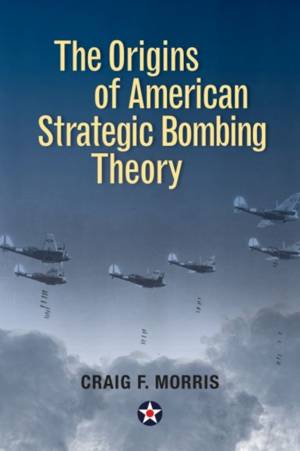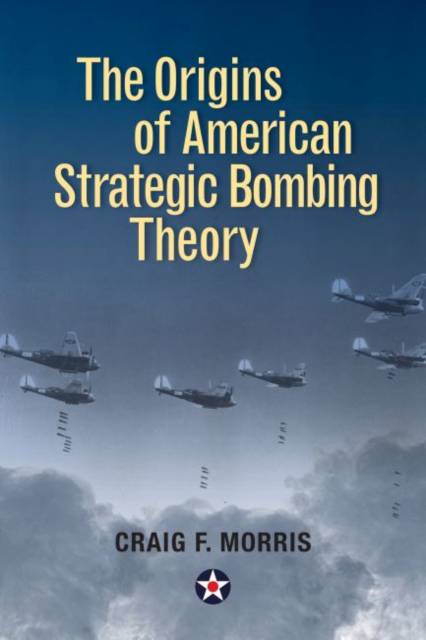
- Retrait gratuit dans votre magasin Club
- 7.000.000 titres dans notre catalogue
- Payer en toute sécurité
- Toujours un magasin près de chez vous
- Retrait gratuit dans votre magasin Club
- 7.000.0000 titres dans notre catalogue
- Payer en toute sécurité
- Toujours un magasin près de chez vous
Description
Craig F. Morris explores the beginnings of American strategic bombing theory, why it changed over time, the factors that shaped that change, and how technology molded military doctrine. This much-needed book provides a full spectrum discussion of the American strategic bombing concept in a way that advances aviation history. In the minds of forward thinking aerial theorists the new technology of the airplane removed the limitations of geography, defenses, and operational reach that had restricted ground and naval forces since the dawn of human conflict. With aviation, a nation could avoid costly traditional military campaigns and attack the industrial heart of an enemy using long-range bombers. Yet, the acceptance of strategic bombing doctrine proved a hard-fought process. This is not the story of any one person or event; instead, it is a twisting tale of individual efforts, organizational infighting, political priorities, and technological integration. By tracing the complex interrelationships of these four causal factors, this book provides a greater understanding of the origins and rise to dominance of American strategic bombing theory.
Spécifications
Parties prenantes
- Auteur(s) :
- Editeur:
Contenu
- Nombre de pages :
- 272
- Langue:
- Anglais
- Collection :
Caractéristiques
- EAN:
- 9781682472521
- Date de parution :
- 15-10-17
- Format:
- Livre relié
- Format numérique:
- Genaaid
- Dimensions :
- 163 mm x 234 mm
- Poids :
- 498 g

Les avis
Nous publions uniquement les avis qui respectent les conditions requises. Consultez nos conditions pour les avis.






